Hindu Temples Lost in the Forest: Rediscovering the World Heritage Site of Ishanapura-Sambor Prei Kuk
The monograph Hindu Temples Lost in the Forwst takes the readers on an unaniticipated journey in the interiors of the middle Mekong Valley in order to rediscover architrctursl marvel which once formed integral part of the city of Ishanapura, identified with the ruins of Sambor Prei Kuk in central Cambodia, and listed as UNESCO World Heritage site on Satuarday, the 8th July 2017 by the 41st World Heritage Committee, held at Krakow (Poland). After expkaining the trio formed by the god Ishana (Shiva), his protege King Ishanavarman and his city Ishanapura, the unique aquatic landscape of the site is outlined in which Ishanapura functioned as a water-fort. Over hundred fascinatingtemples, still standing above the ground in various stages of preservation, on the either side of the O Kae River, the unique octagonal temples, the flying places carvedon the walls of the temples, the architectural motifs such as the beautiful human figures in the ornamental windows (Kudu), the mythical crocodi(makara), the divinized Time (Kala) and the beautiful Hamsa birds contribute to the uniquencess of the brick architecture of Ishanapura. Other interesting themes are--the cult of multiple Ishvara (Lord Shiva), the crafting of smile and serioisness on the faces of the gods and the humans, using the cult of Hari-hara and Hari-hara-linga as reconciliatory devices and the patronage to the Pashupata Shaiva sect. Durgasvami, an Indian Saka Brahmin, born in Dakshinapatha (Southern India) and settled in Ishanapura, resurrects through the pages of this monograph. The Brahmin married the daughter of King Ishanavarman, and as the royal son-in-law, he contributed to the development of Ishanapura, bringing Indo Saka - Scythian elements to the Khmer capital. Hindu Temples Lost in the Forest is a rare and profound book which describes the contours of Ishanapura as a knowledge-seeking city, and as an influential diplomatic hub of Asia, interacting with China through diplomayic missions, with India through deep cultural discourse, and with Champa (Central Voetnam) through strategic matrimonial alliance. As the monograph convincingly shows, the rise of Ihsanapura marked the passage of mainland Southeast Asia from the stage of chiefdom to the status of statehood. This holistic study, presenting the temples of Ishanapura in an art-historical, sociocultural perspective, is an indispensibles companion to every one interested in unraveling the mystery behind the forests of Sambor Prei Kuk. Without listening to these temples, which carry their message in the shape of Sanskrit and/or Khmer Language inscriptions, the knowledge of both Khmer and Indian civilizations will remain incomplete and the dynamics of Asian civilization will continue to be nebulous.
Get it now and save 10%
BECOME A MEMBER

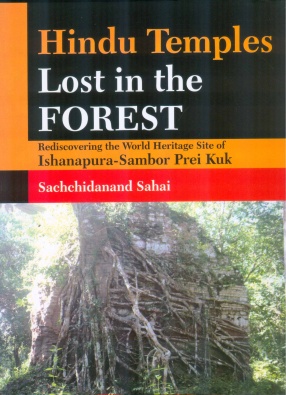
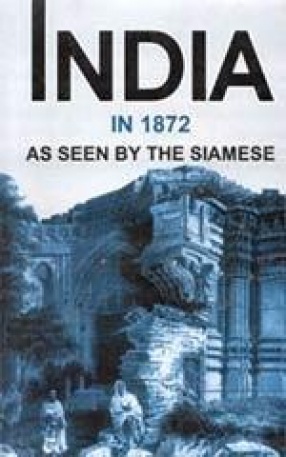
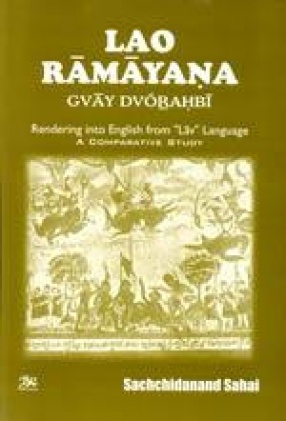
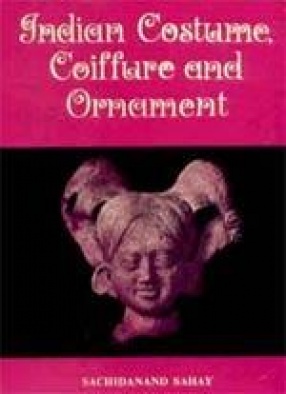
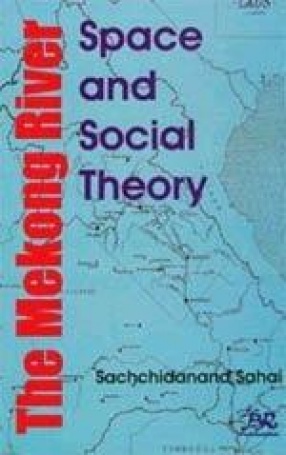
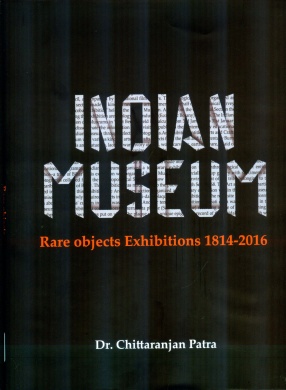
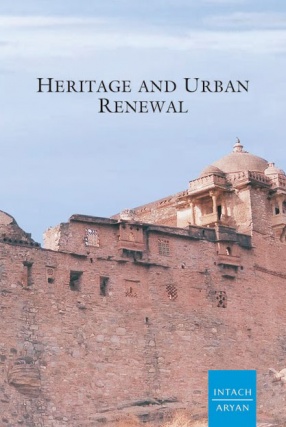

Bibliographic information